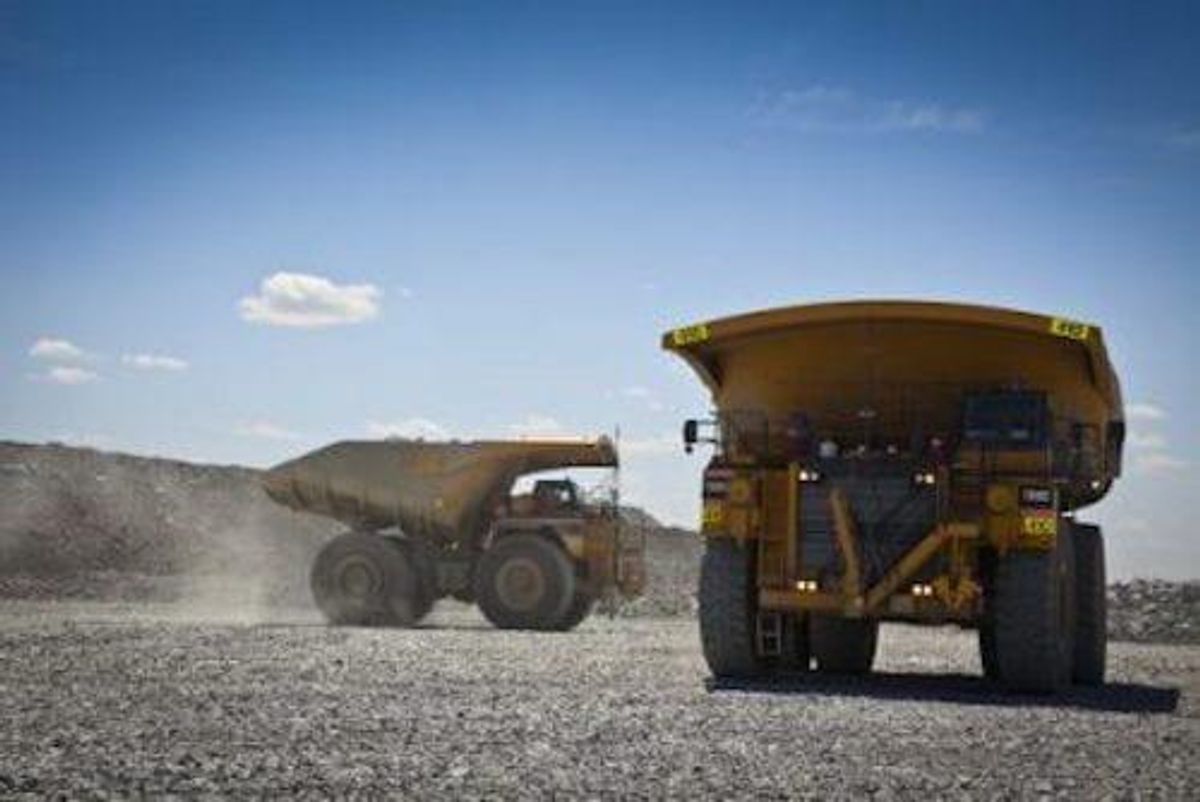Gold in Australia
Interested in gold in Australia? Here's a brief overview of what investors should know about where the yellow metal is found in the country.

With gold in focus due to Russia's invasion of Ukraine, some experts are expecting its price to reach all-time highs as investors seek traditionally safe-haven investments.
If you’re interested in investing in gold right now, you may want to turn your attention to Australia, which is currently the second largest gold-producing country in the world.
Read on for a breakdown of gold in Australia, including a look at how each state and territory contributes.
Gold in Australia: Australia's place in the world
As mentioned, Australia is currently the second largest gold-producing country globally, just behind China. Gold production in the country reached a high of 330 tonnes in 2021, up from 328 tonnes the previous year.
“There are three countries that combine the rule of law with significant gold production: Canada, the US and Australia. Outside of these three, there’s not much gold, or there’s not much protection for individual investors and companies,” Kevin McElligott, managing director of Australia at Franco-Nevada (TSX:FNV,NYSE:FNV), explained to the Investing News Network in a 2019 email interview.
According to the Office of the Chief Economist, Australian gold mine production is forecast to rise at an average annual rate of 8 percent from 2020 to 2021 and 2022 to 2023. Anticipated production of 374 tonnes by 2022 to 2023 will be propelled by both production from new mines and existing mine expansions.
Western Australia is the centre of gold exploration activity in the country, accounting for 70 percent, or AU$1.07 billion, of total gold exploration expenditure. In 2022, the Fraser Institute named Western Australia the best mining jurisdiction in the world. Its Pilbara region is a big part of why the state is attracting attention.
In recent years, Pilbara exploration activity has seen renewed interest and helped increase the country’s consistent gold output. Covering more than half a million square kilometres, the region has attracted major miners like Rio Tinto (ASX:RIO,LSE:RIO,NYSE:RIO) and BHP (ASX:BHP,NYSE:BHP,LSE:BHP).
Western Australia accounts for the bulk of the country's gold output, and the geology of the Pilbara Craton has been compared to South Africa’s Kaapvaal Craton and Witwatersrand Basin. Witwatersrand is home to the Earth’s largest known gold reserves and is responsible for over 40 percent of worldwide gold production.
Both the Pilbara and Witwatersrand are similar in age and composition, sitting on top of the Archean granite-greenstone basement. The Pilbara area hosts numerous small mesothermal gold deposits containing conglomerate gold — mineralization known to hold large, high-grade gold nuggets.
Gold in Australia: Production by region
Click through the links below to learn more about gold mining in Australia's states and territories. The data used is from Geoscience Australia, and the 2018 gold production numbers are the latest available.
Gold in Australia: Western Australia
As mentioned, Western Australia is a gold powerhouse, and its output stands well above that of its fellow Australian states and territories, measuring at 211 tonnes in 2018.
Gold in Australia: New South Wales
New South Wales has a long history with gold, being the home of the first Australian gold rush in the mid-1800s, which helped kickstart the then-colony’s burgeoning economy. Gold found in Central New South Wales triggered an obsession with mining that burned for decades. In 2018, the state's production was 39 tonnes.
Gold in Australia: Queensland
Queensland may be best known for its coal exports, but the state is dotted with active mines, with a modest collection that produce gold. It put out 18 tonnes of the yellow metal in 2018.
Gold in Australia: Northern Territory
The Northern Territory produced only 15 tonnes of gold in 2018, but over its lifetime more than 20 million ounces have been pulled out of the ground in the region. The Pine Creek, Tennant Creek and Tanami goldfields are the primarily places where this metal has been extracted.
Gold in Australia: Victoria
Victoria also has a strong gold-mining history, although today it's a smaller-scale producer. In 2018, 13 of the 315 tonnes of gold mined in Australia came from Victoria from seven active mines — most of which are located within regions known for vast historical output of the yellow metal
Gold in Australia: South Australia
South Australia isn't a major gold miner, although it accounts for over a quarter of the country’s gold resources — in 2018, just 8 tonnes of gold were mined in the state. However, the area has potential, with a major geological region — the Gawler Craton — identified by the government and mineral explorers as being of extreme interest.
Gold in Australia: Tasmania
Tasmania is geologically diverse with a number of major operating mines, but it is not a significant gold producer. Its output of the precious metal clocked in at only 1 tonne in 2018.
This is an updated version of an article originally published by the Investing News Network in 2019.
Don’t forget to follow us @INN_Australia for real-time updates!
Securities Disclosure: I, Matthew Flood, currently hold no direct investment interest in any company mentioned in this article.






